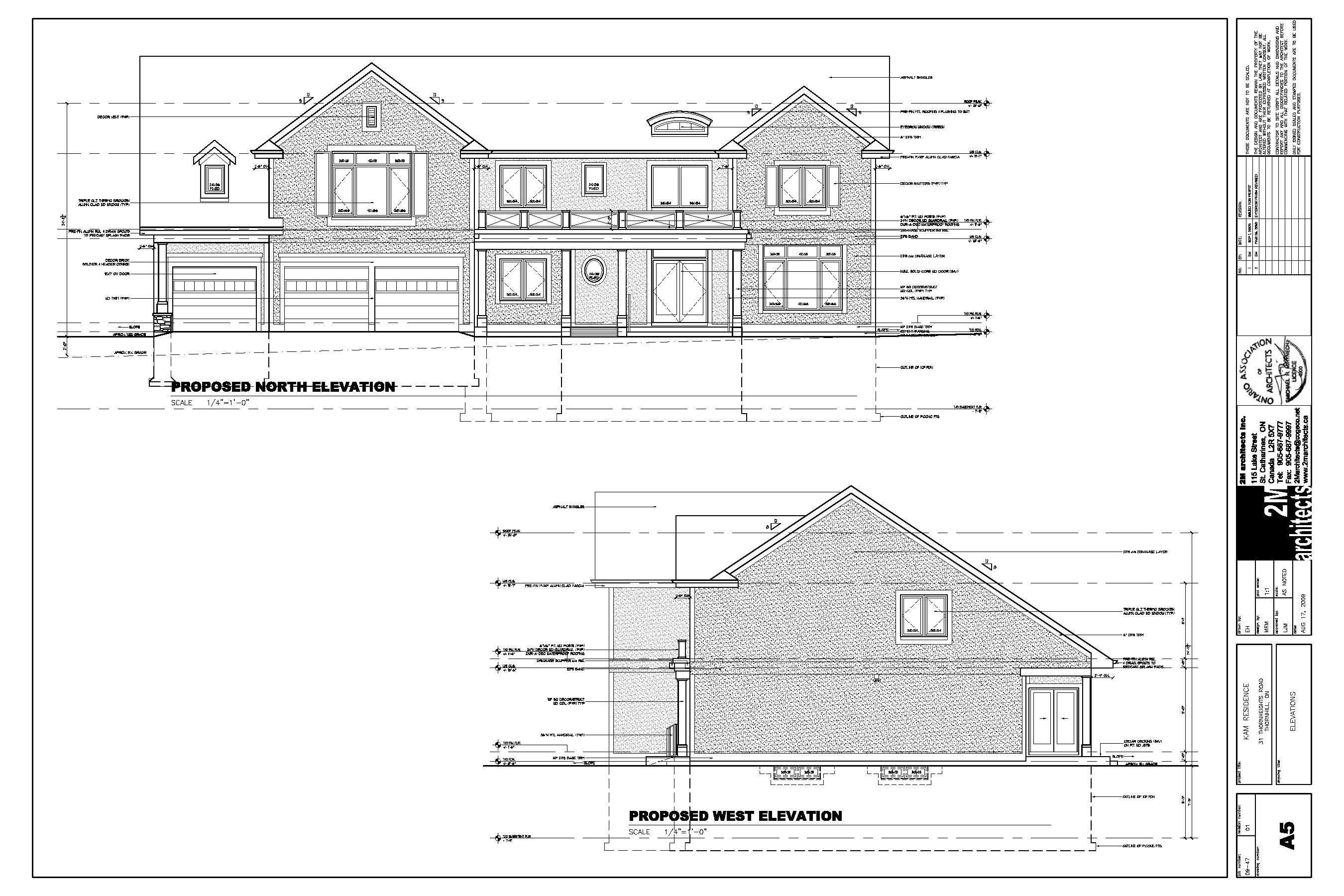When it comes to building our dream home, our methodology is as pragmatic as it is idealistic. We look at the incremental costs of an energy efficient option versus savings that can be generated. We determine whether the savings will be greater than the up-charge rolled into a typical 25 year mortgage. There are also choices where payback may be realised in the longer term or non-existant, but fit in to the overall home concept. Most home buyers purchase a home based on the budget they have. When a green choice can be made that generates positive cash flow in annual savings, the choice becomes much easier to make.
If cash flow is positive, it’s worth considering.
I recognize that there’s a healthy risk to myself in this approach. Most home buyers aren’t aware of the energy savings that can be realised. Worse still, a home purchasing decision is often emotional rather than purely rational. As such, there is some difficulty in recapturing portions of the additional capital investments for the energy efficient products if the home is to be sold. However, if the cost of energy in our world continues to increase, then buyers must be better educated. On one hand, I don’t look forward to a rise in energy costs around me. On the flip side, it seems like that reality is the most effective method in changing public behaviour towards becoming better stewards of our environment and resources.
The Toyota Prius is a prime example. It became the 9th best selling vehicle in the United States as gasoline rocketed to over $4USD per gallon. This was no small feat considering the initial premium over a comparable non-hybrid vehicle. As the cost of energy in our society rises in general, our behaviours change in how and to what extent we consume that energy. Building an eco-friendly home becomes a sound investment. We are building our dream on practical foundations.

